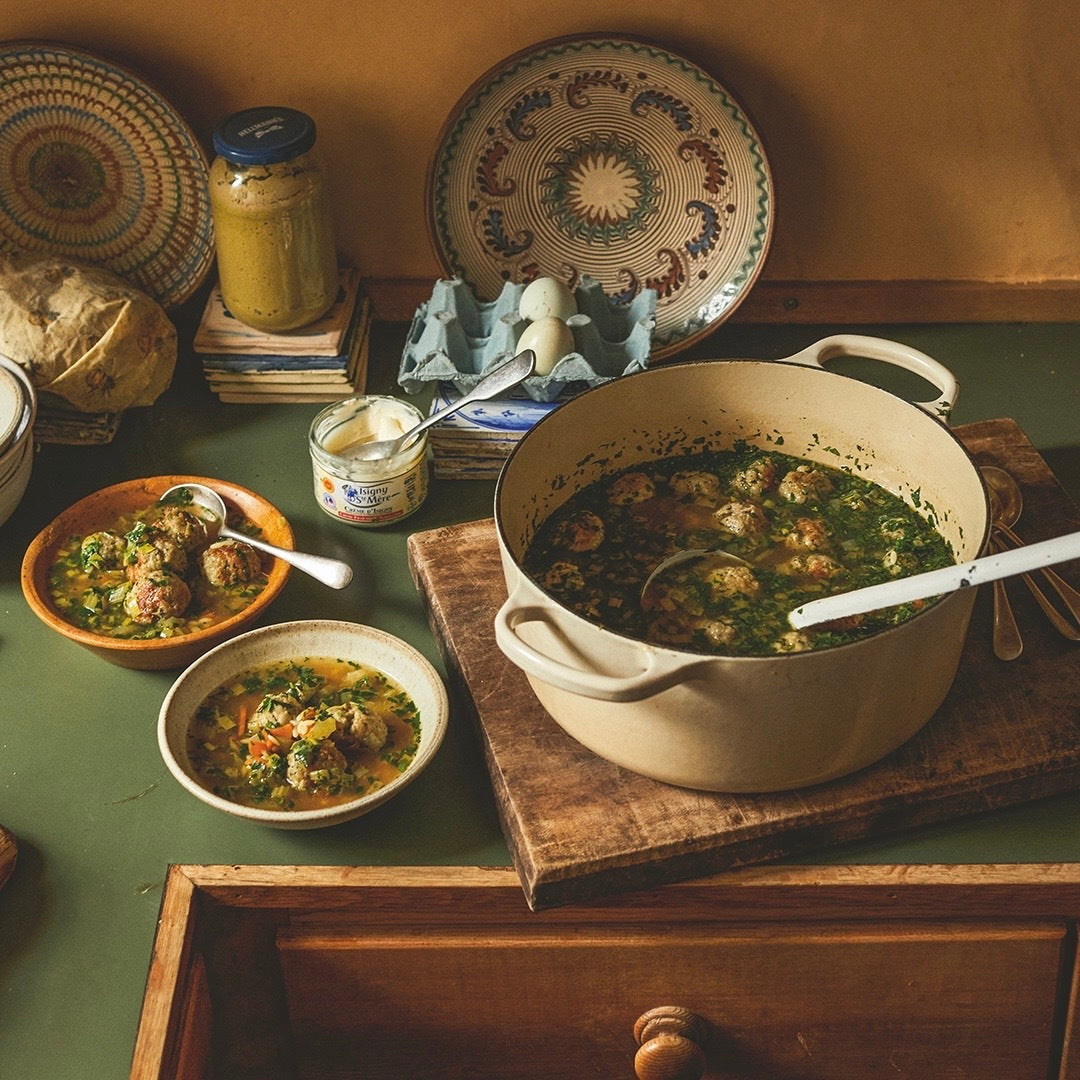This sounds like an easy question to answer.
But it isn’t.
The ‘slightly-avoiding-the-question’ answer is that you need to sharpen your knife as soon as you notice it's not cutting like it was when it was new.
But how often roughly, Bert?, I hear you asking.
Well, I’d say that, typically, chefs should use a honing rod once or twice daily and home cooks every week. Chefs should use a whetstone monthly and home cooks every six months.
Sharpen your knife as soon as you notice it's not cutting like it was when it was new.
But it depends on quite a number of things….
1. HOW OFTEN YOU USE YOUR KNIVES
Seems obvious. Butchers sharpen their knives multiple times a day and most chefs do too. At home, as long as you look after your knives really well, you can keep them super sharp by using a ceramic honing rod weekly as well as whetstones once or twice a year.
2. WHAT KIND OF FOOD YOU CUT
If you do a lot of butchery, that will dull your knives faster than fruit and veg will. If you cut against bone or frozen food, you also risk chipping your knife.
3. WHAT YOU ARE CUTTING ON TO
The most important thing here is to completely avoid cutting onto materials that are harder than steel, like ceramic plates or glass chopping boards. I can’t believe glass chopping boards exist. Your chopping board should be made of a soft material like plastic or wood. End grain wooden chopping boards are amazing as the blade actually goes between the wood fibres which then close up again afterwards.


4. HOW SHARP YOU WANT TO KEEP YOUR KNIVES
If you want your knives to be able to shave hair off your arm every time you pick them up, you’ll need to use a strop or polishing whetstone at least weekly. You’ll also need to look after your blades very well (see below).
5. THE HARDNESS AND QUALITY OF THE BLADE MATERIAL
The hardness of the steel is important in stopping your knives going blunt. The harder the edge, the longer it will last. However, harder steel is also more brittle and likely to chip, so there’s a balance. At TOG, we believe the optimum balance is at around 60 on the Rockwell scale (HRC). Remember… if a really hard blade is more likely to chip then the edge won’t actually last longer. Really hard steels are also harder to sharpen. Finally, better quality steel is also stronger, so don’t buy cheap.

6. HOW YOU CARE FOR AND STORE YOUR KNIVES
Treat your knives with care. A lot of care. Then you won’t have to sharpen them very often. If you put them in a dishwasher or store them in a drawer, the edges can bash against other metal things. Cutting against bone or frozen food will dull your knives very fast. Scraping food across a board with your carefully sharpened edge isn’t great either – turn the knife upside down and use the spine (TOG knives have straight spines). Finally… store your knives properly on a magnetic rack, magnetic knife block or in a roll.

7. WHETHER YOU USE A CERAMIC HONING ROD / STEEL
These are not for sharpening, but for maintaining a sharp edge. The apex of a very sharp knife is incredibly thin and tiny bits gets bent over with time. A ceramic honing rod bends these back straight as well as grinding a little bit of steel away. These two actions together can quickly restore the edge you had before, meaning you don’t need to use whetstones nearly as often.
CONCLUSION
Hope all that helps. The last thing to remember is that the more often you sharpen, the faster you’ll wear down your blade. Minimise this by using a ceramic honing rod and only get the coarse whetstone out if you really need to. Traditionally in Japan, long slicing knives (Sujihiki) are sharpened and sharpened for years until they actually turn into small utility (Petty) knives.
So, to summarise, use a honing rod regularly to maintain the sharp edge of your knife. Look after your knives by using a wooden chopping board, storing them properly and by not cutting hard things. Then you’ll only need to use a whetstone once every few months. Keeping checking how sharp your knives are and sharpen them when you feel they need it.






